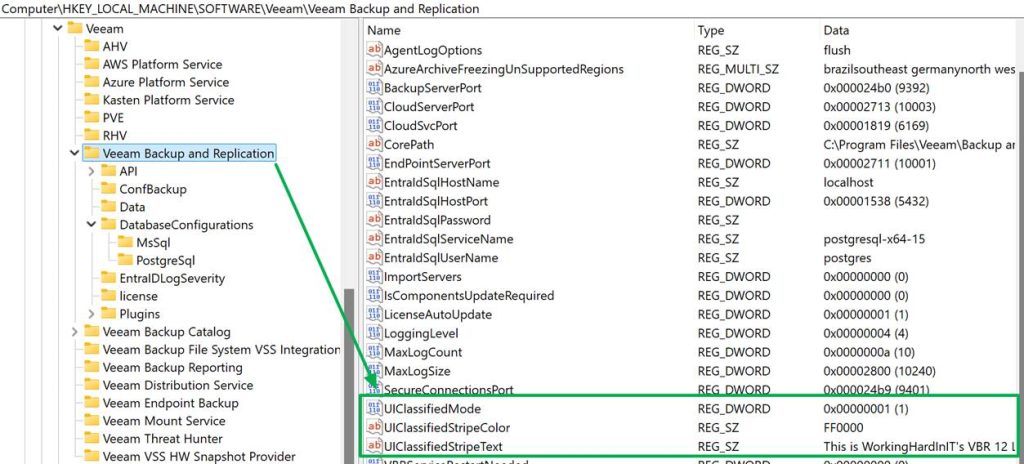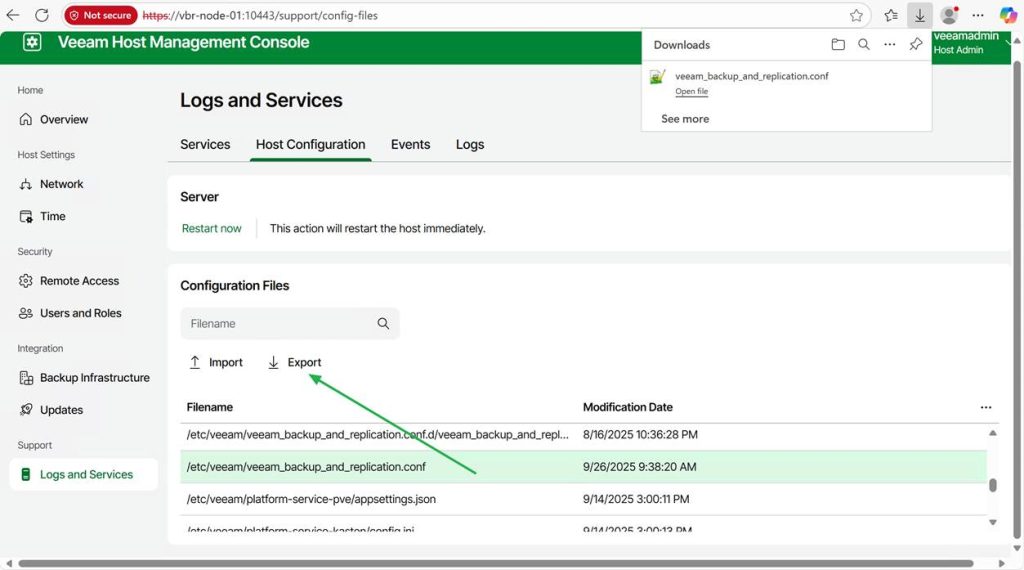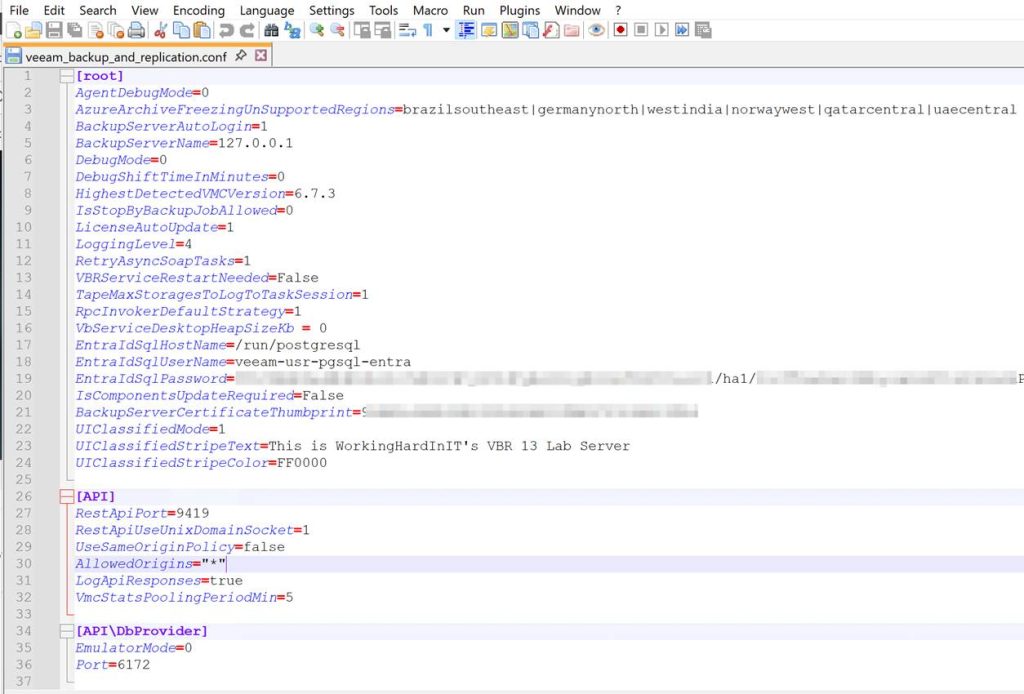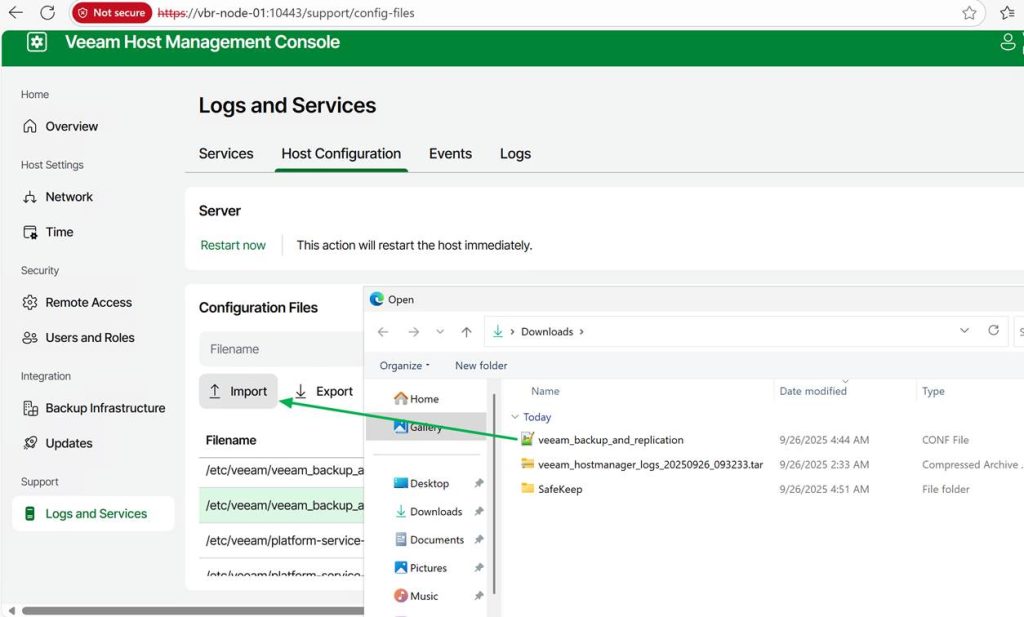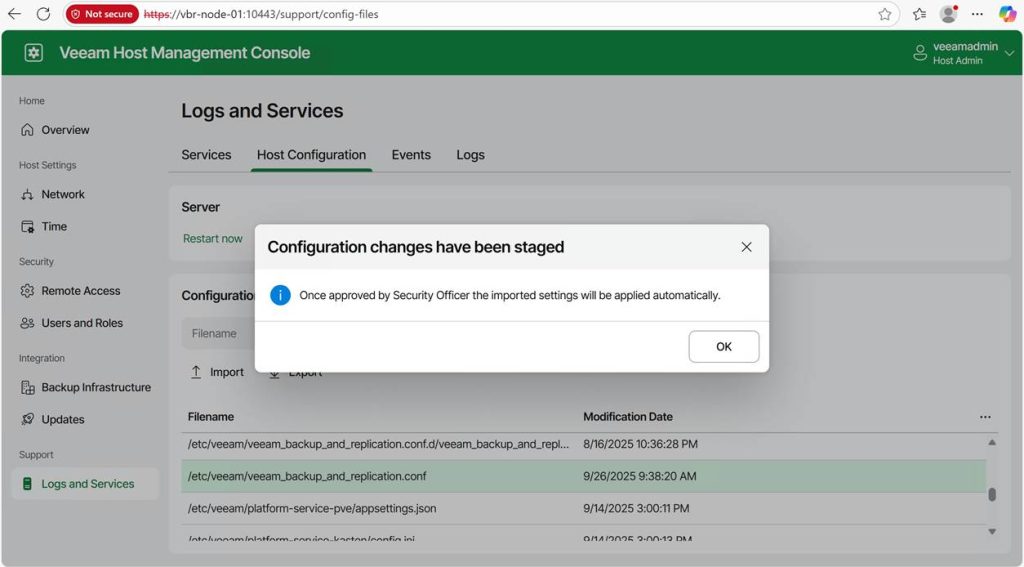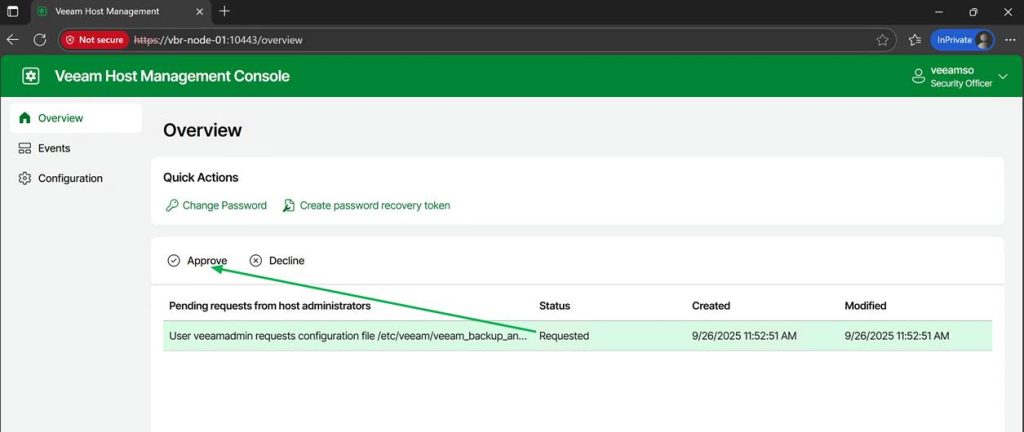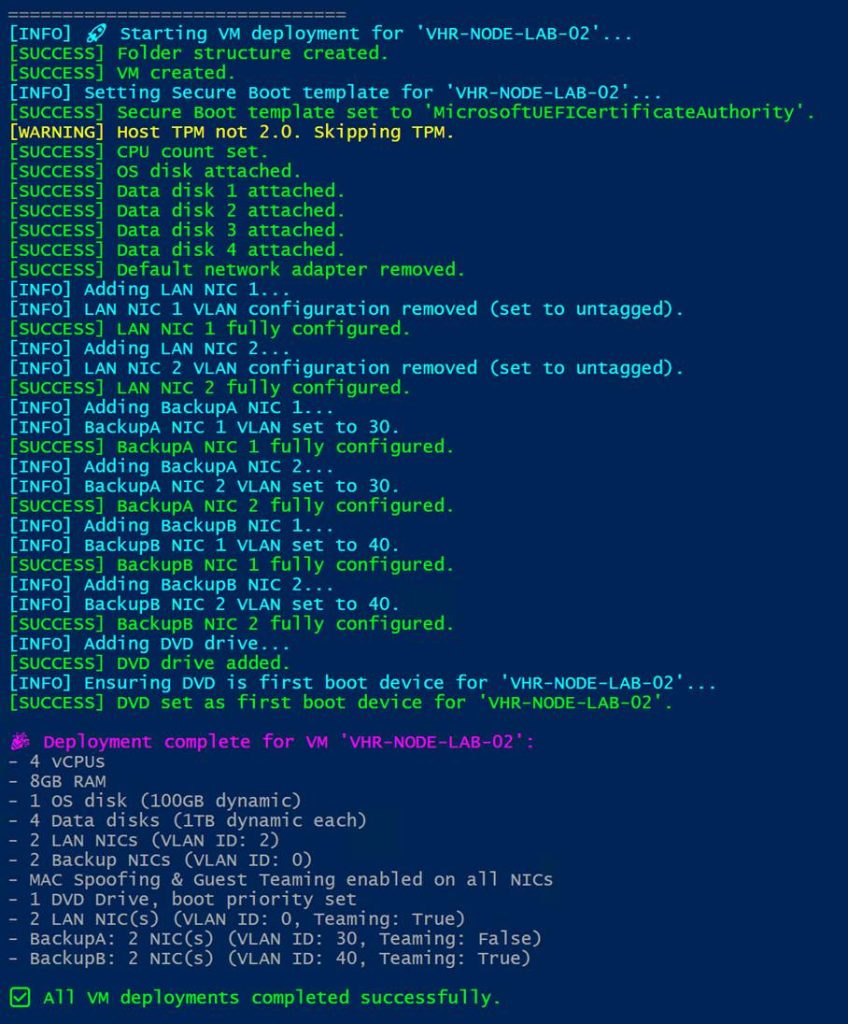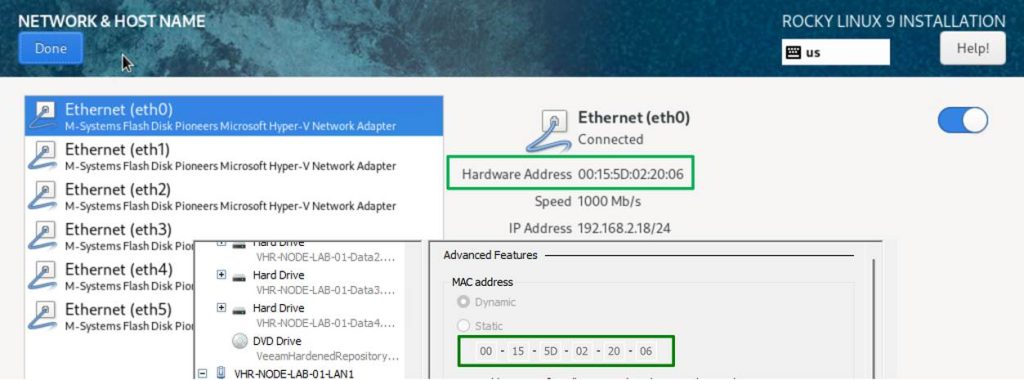Introduction to the Veeam 100 Summit 2025
On November 3rd to 6th, 2025, I attended the Veeam 100 Summit in Prague. That summit is not just another IT conference. It is a global gathering of an innovative company, Veeam, expert practitioners, and community leaders. Next to the organizing Veeam employees (R&D, product strategy, community managers), there are three “profiles” invited to attend the Veeam 100 Summit.
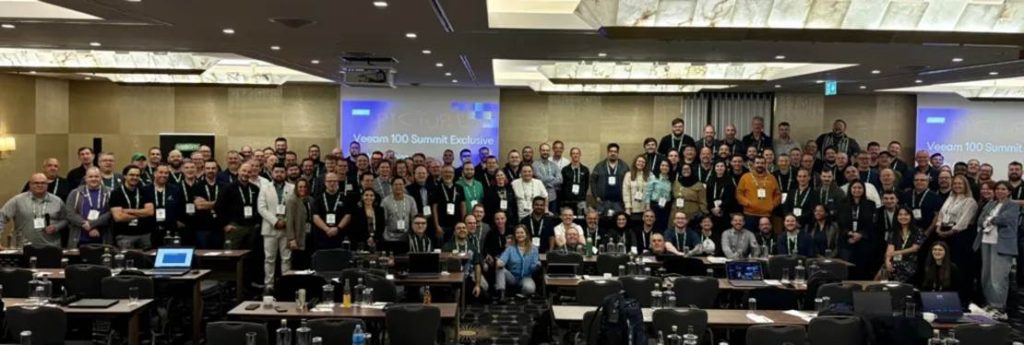
- Veeam MVPs are top Veeam employees with a customer-facing technical role who share and engage above and beyond the call of duty, i.e., when it is not part of their job.
- Veeam Legends, who are top engagers on Veeam properties, like the R&D Forums, the Veeam Community Hub, and Veeam User Groups.
- Veeam Vanguards, like myself, who are top influencers in their own external identities and properties. I am an inaugural Veeam Vanguard since the program was established in 2015.
What makes Veeam and the community special?
Veeam stands out because it puts its money where its mouth is. They not only talk the talk, but they also walk the walk. While it sounds a bit like the Microsoft MVP summit, which is also a conference you can attend only by invitation, it is much smaller, more direct, and more inclusive by design.
For one, very unlike the Microsoft MVP Summit, Veeam still believes in enabling any member of their community to attend the Veeam 100 Summit by providing travel and accommodation to the invited Veeam 100 members. That means that others and I can attend when our employers have no appetite and budget for such advanced skills development or community efforts. In a world where trillion-dollar companies save dollars on the backs of the very communities that support them, Veeam still very much believes in sponsoring the global community that helps them, their partners, and customers excel. For that alone, Veeam should get some recognition!
Secondly, it is much smaller, which means more direct opportunities for extended discussion, interaction, and networking. That also means you get to interact with people from very different walks of life, very different roles and backgrounds from all over the globe. That is where a better understanding happens, where different opinions and tales merge and lead to a better understanding of why we have different opinions. It makes for very lively, passionate discussions at the dinner table.
In the end, we are all united by the common goal we all share. We have to strengthen our customers and businesses’ resilience in the face of evolving digital threats. This year’s summit blended deep technical sessions, cultural immersion, and authentic collaboration, creating an atmosphere that was both professional and personal.
Prague as the Perfect Backdrop for the summit
Prague has become a recurring host city for the summit, and for good reason. It’s a beautiful city, Veeam has an office there, and most people like to visit it. The town provides a welcoming environment where conversations flow as easily in the conference halls as at dinners around town.
I could describe the event as part training, countless discussions, part reunion.
- Face‑to‑face collaboration: Meeting peers in person reinforced bonds that go beyond online forums.
- Shared learning: Technical sessions were enriched by practitioners’ real‑world experiences.
- Friendships and trust: Informal conversations and social events created lasting connections.
It is a summit where we can discuss the good, the bad, and the ugly. We all know how bad the IT security landscape has gotten. The proof of that is in zero-trust environments, where everything and everyone is a risk that needs mitigating. It wreaks havoc op speed, agility, and the ability to get things done, and, last but not least, on the work joy of employees and colleagues.
You will not find me calling a company or an employer family. Family is not a business. But the Veeam 100 community does care for one another. We have seen that in words and in deeds. Sometimes words and small gestures are all that is left when we comfort each other while remembering our deceased fellow Vanguard. It also shows in deeds, when the community helps its members find great new opportunities when others end.
.
We remembered our friend Brad Jervis, a valued member of the community, who we lost this year. In his honor, the Brad Jervis Memorial Award, for outstanding community spirit, was awarded for the very first time to Jim Jones. A moment where a lot of us shed a tear. It was a moment to remember our absent friend and appreciate his contributions to our community.

Trust or zero trust as the Central Theme
Trust, or rather the lack of it in zero-trust environments, emerged as a defining theme of the summit. In an era where ransomware and cyber threats dominate headlines, trust in your tools, your processes, and your peers is critical. The summit emphasized that resilience requires more than backups; it requires confidence in the systems and communities that support them. We will need a lot more automation to protect ourselves, as we need constant monitoring and early detection of anything amiss.
The content
There was a lot of content. The pace at which new capabilities arrive and existing ones improve is mind-boggling. Especially as data resilience is only one part of the puzzle for IT professionals.
Content is color-coded (red = NDA, yellow = OK after a given date or go ahead, green = free to talk about), so I will not be sharing much to stay on the safe side. Also, in reality, it is way too much.
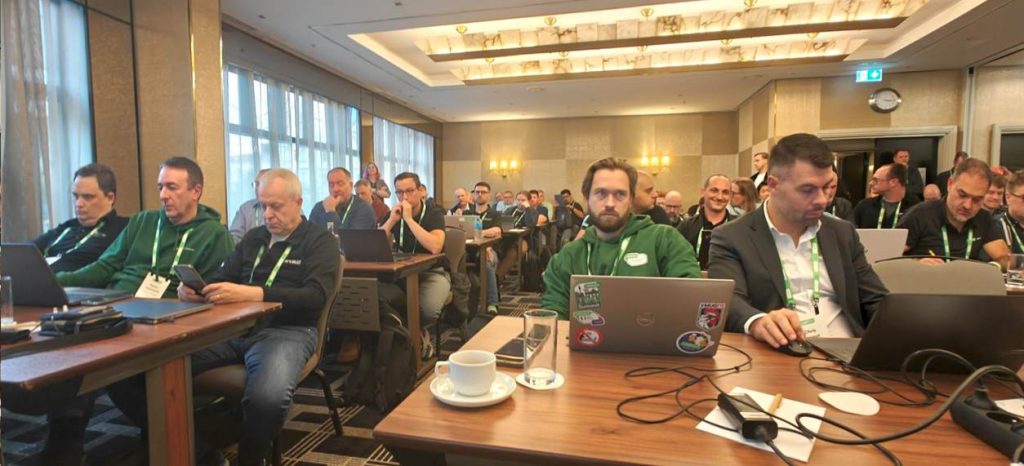
We discussed the GA of Veeam Data Platform v13: Yes, v13 was presented as a significant leap forward in data protection, with an emphasis on resilience, automation, and monitoring, early detection, and cyber‑recovery.
As the tidal wave of information to analyze to make it all happen keeps growing, Veeam also turns to AI to stay ahead. New AI-driven capabilities include the Deep Data Analysis Agent for conversational reporting, anomaly detection to flag unusual backup patterns, and interactive dashboards surfacing health, performance, and risk metrics.
The enhanced security posture in VDP v13 integrates stronger ransomware defense, hardened repositories, and orchestration improvements to ensure faster, more reliable recovery. And on top of it, it becomes easier to achieve for all types of partners and clients. We all need help staying ahead in this threat landscape.
We also discussed additional strategic matters, such as Veeam’s acquisition of Securiti AI. This should allow Veeam to combine resilience with data security posture management, privacy, and zero trust principles, giving enterprises a single command center for governance and recovery. AI will be a big part of making all that feasible.
And last but not least, the Veeam Cloud Platform enables unified resilience across hybrid and SaaS workloads.
- Unified experience: The Cloud Platform is designed to provide a single pane of glass for managing workloads across on‑premises, hybrid, and multi‑cloud environments.
- Integration with VDP v13: The new features in Veeam Data Platform v13 — such as AI‑driven anomaly detection, guided reporting, and interactive dashboards — are surfaced through the Cloud Platform, making them accessible across distributed infrastructures.
- SaaS and IaaS coverage: The Cloud Platform extends protection to Microsoft 365, Salesforce, Kubernetes, and public cloud workloads, ensuring that resilience isn’t limited to traditional VMs.
- Security posture management: With the acquisition of Securiti AI, the Cloud Platform gains DSPM (Data Security Posture Management) capabilities, allowing enterprises to understand, secure, recover, and govern data across all environments.
- Cloud‑native orchestration: Automated recovery workflows and orchestration are embedded, reducing manual intervention and accelerating time‑to‑restore.
- Scalability and flexibility: Enterprises can scale protection seamlessly as workloads grow, without needing separate tools for each environment.
- The Veeam Cloud Platform represents Veeam’s evolution from a backup vendor into a comprehensive resilience and security platform. By combining VDP v13’s AI‑driven intelligence with cloud‑native orchestration and Securiti AI’s governance capabilities, Veeam is delivering a solution that:
- Protects any workload, anywhere.
- Provides real‑time visibility into health, performance, and risk.
- Ensures compliance and trust across hybrid and multi‑cloud infrastructures.
An overview
That was already a lot. And I have not gone into any single detail yet! Here is my attempt to provide an overview of the 3 significant endeavors Veeam is engaged in.
| Pillar | Core Focus | Key Features | Strategic Value |
| Veeam Data Platform v13 | Operational resilience | – AI‑powered help/search for guided troubleshooting – Anomaly detection for backup patterns – Interactive dashboards for health, performance, and risk – Hardened repositories & orchestration | Smarter day‑to‑day operations, faster recovery, proactive defense against ransomware |
| Veeam Cloud Platform | Unified management | – Single pane of glass for hybrid/multi‑cloud – SaaS/IaaS protection (Microsoft 365, Salesforce, Kubernetes, public cloud) – Cloud‑native orchestration – Scalable workload protection | Extends resilience across any workload, anywhere, ensuring visibility and control in distributed infrastructures |
| Securiti AI acquisition | Security & governance | – Data Security Posture Management (DSPM) – Privacy & compliance frameworks – AI trust integration – Leadership expansion with Rehan Jalil | Embeds security and governance into resilience, unifying protection with compliance and proactive risk management |
I hope that helps a bit to put it all together.
Roasting leadership
The summit always concludes with an infamous “Ask Me Anything” session with the Veeam leadership. That’s when we all line them up on stage and take turns roasting them over a slow fire by asking our most direct questions on complex topics.
You know what’s great about it? You get honest answers, most of the time, but there are limits to what they can talk about and say. But it is not the pre-canned, HR-, marketing-, and CFO-approved answers you usually get from leadership. Hence, I cannot share anything here, but it sure was interesting!
Why the Summit Matters
The Veeam 100 Summit is unique because it acts as a feedback loop. Anyone who is invited and wants to come can come. Veeam makes sure of that! Attendees gain early visibility into product roadmaps, while Veeam benefits from authentic insights provided by practitioners. This dynamic ensures that future releases are shaped by real‑world needs rather than theoretical design.
Looking Ahead
As the summit wrapped up, one theme stood out: protecting data isn’t just about stronger locks anymore; it’s about more innovative ways to guard environments and data protection fabrics, so we can rely on our recovery capabilities when we need them. The digital landscape we operate in has grown tangled, and success now depends on how quickly we adapt. True resilience goes beyond hardware and software. It comes from the trust we build and maintain in a zero-trust world, the collaborations we deliver, and the people who make it all happen. The Veeam 100 Summit in 2025 drove home the message that we don’t just have to keep pace with change, but also build infrastructures ready to adapt and survive in the face of whatever comes next. And like it or not, at this break neck pace we will need AI to stay on top of things. With change, we build infrastructures ready to adapt and survive whatever comes next. And like it or not, at this breakneck pace, we will need AI to stay on top of things.


